ACCORDING TO GUERCHIN - The Sybille of Samos - ITALIAN SCHOOL late 18th century
The Sybille of Samos
Rework of the composition by Guercino preserved in the Uffizi Gallery in Florence
Canvas Unframed
Height: 116 cm Width: 93 cm
Giovanni Francesco Barbieri, known as Guercino or Guercino, born in Cento in 1591 and died in Bologna in 1666, was a Baroque painter and draftsman from the School of Ferrara, active in Rome and Bologna.
Self-taught, Giovanni Francesco Barbieri perfected his drawing by studying the paintings of the Carracci, either through works preserved in Cento, or through the intermediary of Bononi and Scarsellino who produced altarpieces in the region.
In 1608, at the age of 17, he met Benedetto Gennari, painter of the School of Bologna Having left for Bologna, he came into contact with the artistic milieu of the Carracci.
Attracted by the style of Louis Carracci, he developed his use of light.
He studied Caravaggio in Venice and the work of Rubens in Mantua.
In 1616 in Ferrara has a first contact with Venetian painting, which he can deepen during his stay in Venice (1618) with the study of the great Venetian masters of the seventeenth century.
The works of the first period (1615 -1620) and more especially those subsequent to his stay in Venice (Suzanne, at the Prado Museum, Saint Guillaume d'Aquitaine, at the Pinacoteca in Bologna) have a warm and intense color, effects of light and shadow, and represent perhaps the best part of his work.
Pope Gregory XV, who was his protector in Bologna, called him to Rome in 1621. He painted, among other things, the Mary Magdalene in the Vatican pinacoteca, the tomb of Saint Petronilla in the Galleria Capitolina, and the Aurora and The Fame of the Casino of Villa Boncompagnii Ludovisi.
He returned to Cento in 1623 and remained there, working intensely, until 1642, when he settled in Bologna.
The influence of Guido Reni becomes increasingly clear and, with it, Guercino turns to academic fashions in composition, in coloring, in invoice, and finally even in subjects and motifs. Caravaggio's influence on Guercino's early style is weak.
The transformation undergone by his painting is the most obvious proof of the crisis of artistic culture which set in around the 1630s and which brought about the triumph of the so-called “Baroque classicism”. With extreme skill in execution, he produced more than 250 paintings. In his works we admire the strength of colors, his talent for imitating nature and his creation of optical illusions. “A vigorous, monotonous color, tending to black and violet, an easy execution, full of fire and truth, are the principal characteristics of its originality.
He is one of the painters who did everything from nature, and copied their models, as if they wanted to paint their own portraits, without thinking too much about the roles they were to play. He is one of those in whose works one recognizes the actor much more than the character he represents.
His paintings have a very different physiognomy from that of the paintings of Michelangelo, Caravaggio, the Spaniard, Valentine, Alexander Veronese, although all these artists had the same goal as him. When Reni died in 1642, he went to Bologna and replaced him in the eyes of a society of amateurs who had become international.
He is buried in the Church of the Most Holy Savior of Bologna, then held by the canons of the Lateran who had welcomed him.











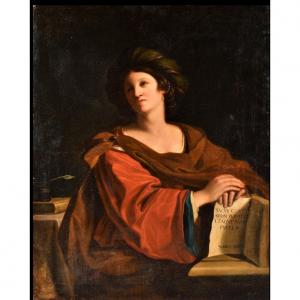











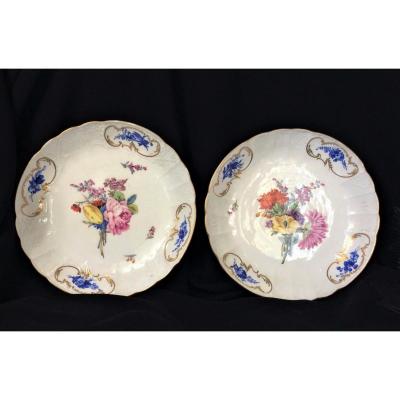

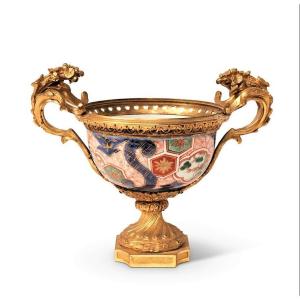

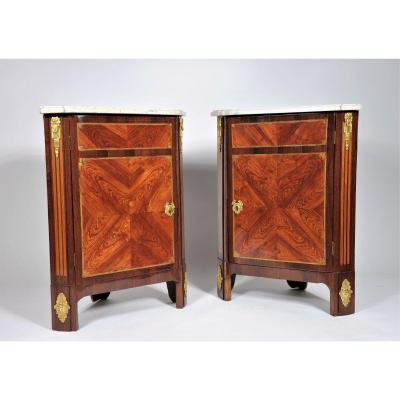



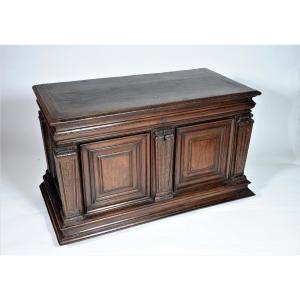

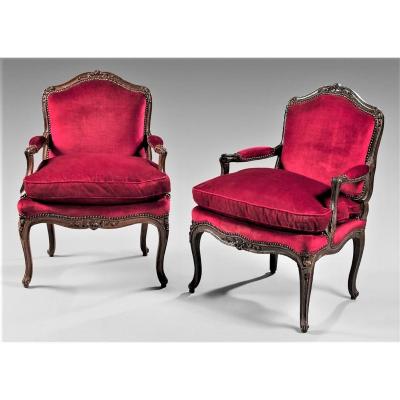


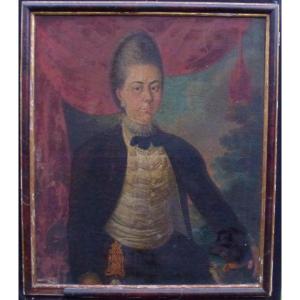
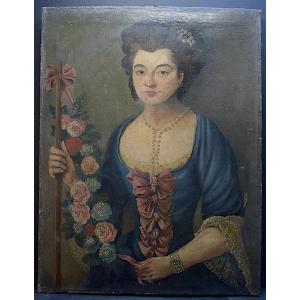
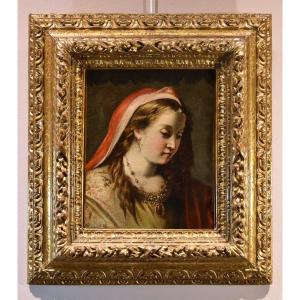



 Le Magazine de PROANTIC
Le Magazine de PROANTIC TRÉSORS Magazine
TRÉSORS Magazine Rivista Artiquariato
Rivista Artiquariato